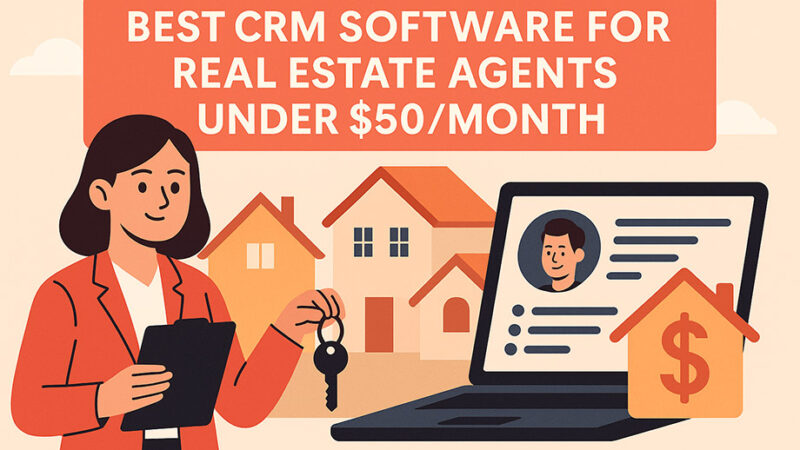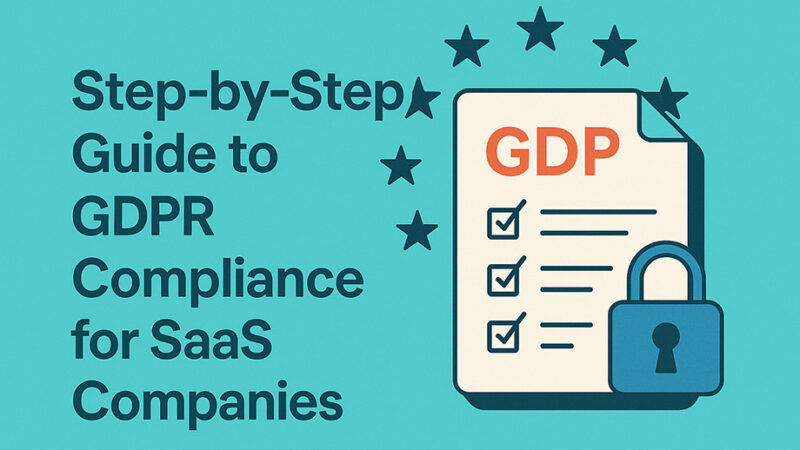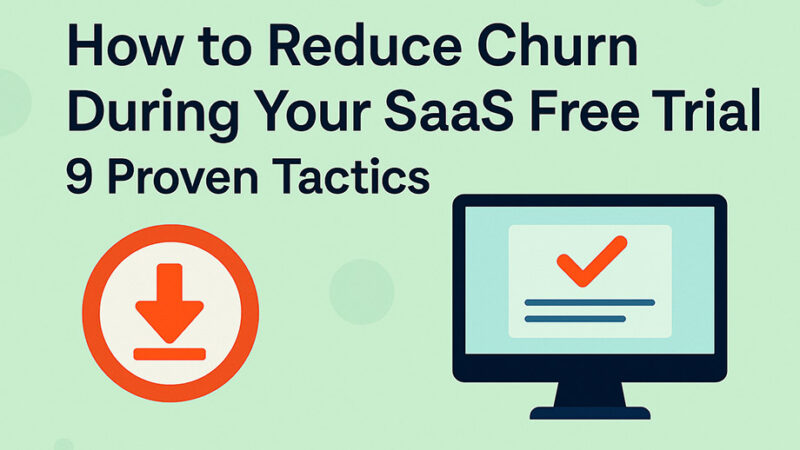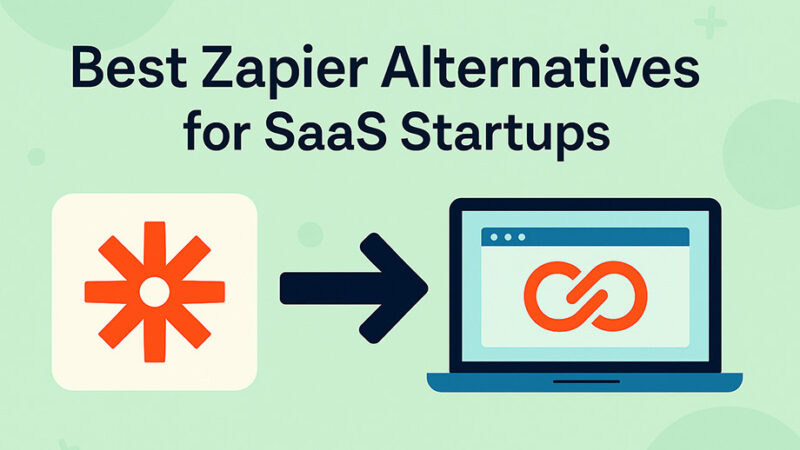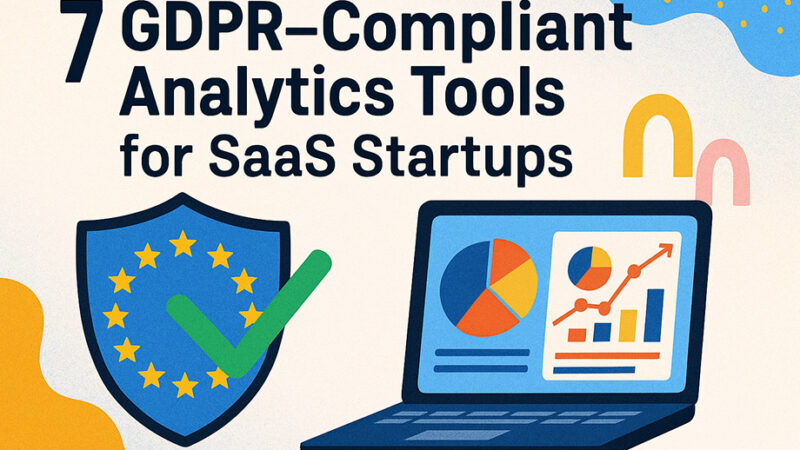How CRM Creates Efficiency and Simplicity in SaaS

Customer Relationship Management (CRM) systems are essential in the SaaS industry. They bring structure to complex customer lifecycles, automate key processes, and empower teams to work smarter and faster. This article explains how CRM improves efficiency and simplicity in SaaS, along with a comparison table outlining key benefits.
Why SaaS Companies Need CRM
- Centralized customer data
CRM systems unify customer interactions, behavior, billing, and support information in one place. This creates a 360-degree customer view accessible across sales, marketing, and support teams. - Automation of routine tasks
CRM automates tasks like onboarding, lead scoring, follow-up emails, and subscription reminders. This reduces manual work and ensures consistent execution across the customer lifecycle. - Improved collaboration and alignment
A CRM provides shared visibility into customer status and history. This eliminates silos between teams and enables seamless communication. - Better customer retention and upselling
By analyzing engagement patterns, CRM systems help detect at-risk customers and highlight upsell opportunities. This supports proactive retention strategies. - Actionable insights and forecasting
Modern CRM platforms include dashboards, AI-powered predictions, and pipeline analysis. These insights help teams make smarter, data-driven decisions. - Scalability and accessibility
SaaS CRMs are cloud-based and scale easily with your business. They reduce IT overhead and are accessible from anywhere with a web connection.
CRM Advantages for SaaS: Comparison Table
| Benefit | Description | Efficiency Gain | Simplicity Factor |
|---|---|---|---|
| Centralized Data | Single source of truth across all customer touchpoints | Eliminates fragmented data searches | Consistent, real-time view for all teams |
| Automation | Triggered workflows for onboarding, follow-ups, billing, churn alerts | Cuts manual effort and response lag | Standardizes processes consistently |
| Cross-Team Collaboration | Seamless sharing between sales, marketing, and support | Accelerates handoff and alignment | Unified interface avoids tool switching |
| Customer Retention & Upselling | Signals for churn risk or expansion opportunities | Helps retain or grow revenue proactively | CRM flags actions to take |
| Insights & Forecasting | Analytics dashboards, pipeline forecasting, lead performance reports | Optimizes resource allocation and decision-making | Transparent charts and suggested next steps |
| Cloud-Based Scalability & Access | Web/mobile access, automatic updates, flexible user licensing | Reduces IT costs and deployment time | No hardware or complex setup required |
How CRM Drives Efficiency and Simplicity
By centralizing data and automating routine tasks, CRM systems reduce manual load and improve speed. Teams share a common source of truth, improving context and reducing errors. Predictive analytics and automated workflows help with retention, upsells, and smarter decision-making. And since SaaS CRMs are cloud-based, they stay simple and scalable even as your company grows.
Selecting the Right CRM for Your SaaS Business
Choose a CRM that:
- Offers subscription-specific features like churn prediction and lifecycle tracking
- Integrates well with billing systems, support tools, and your product
- Has an intuitive interface to reduce training time
- Surfaces actionable insights, not just data
- Scales with your team and customer base without adding complexity
Popular SaaS CRMs include:
- Salesforce – enterprise-level customization
- HubSpot CRM – marketing automation and lead nurturing
- Pipedrive – sales pipeline simplicity
- Intercom – product engagement and support
- Zoho CRM – cost-effective with strong AI features
Conclusion
CRM systems are no longer optional for SaaS companies—they’re essential for scaling with clarity, speed, and customer focus. By streamlining operations, aligning teams, and enabling proactive decisions, CRM transforms chaos into control. Choosing the right platform can set the foundation for long-term, sustainable growth.


